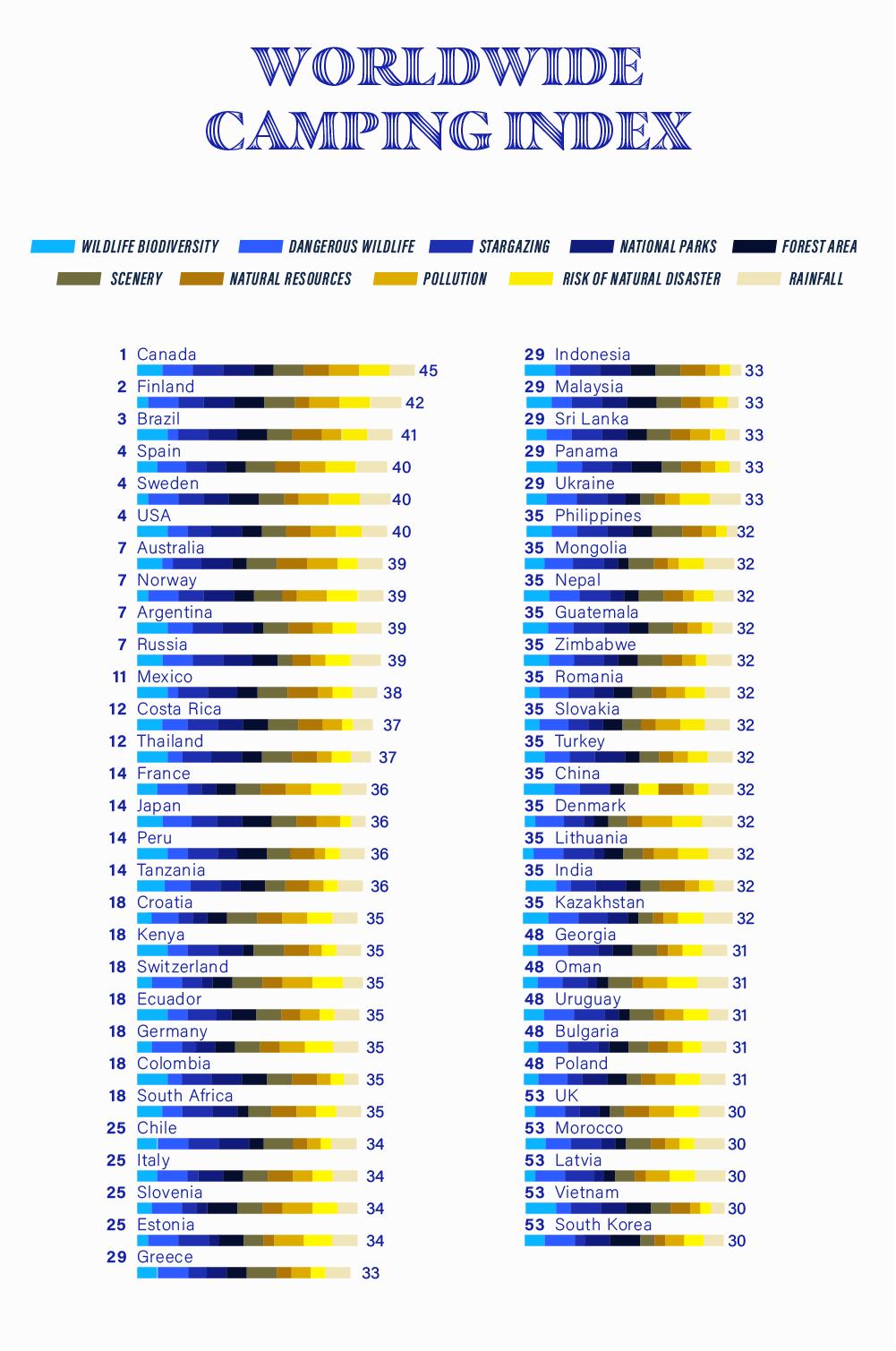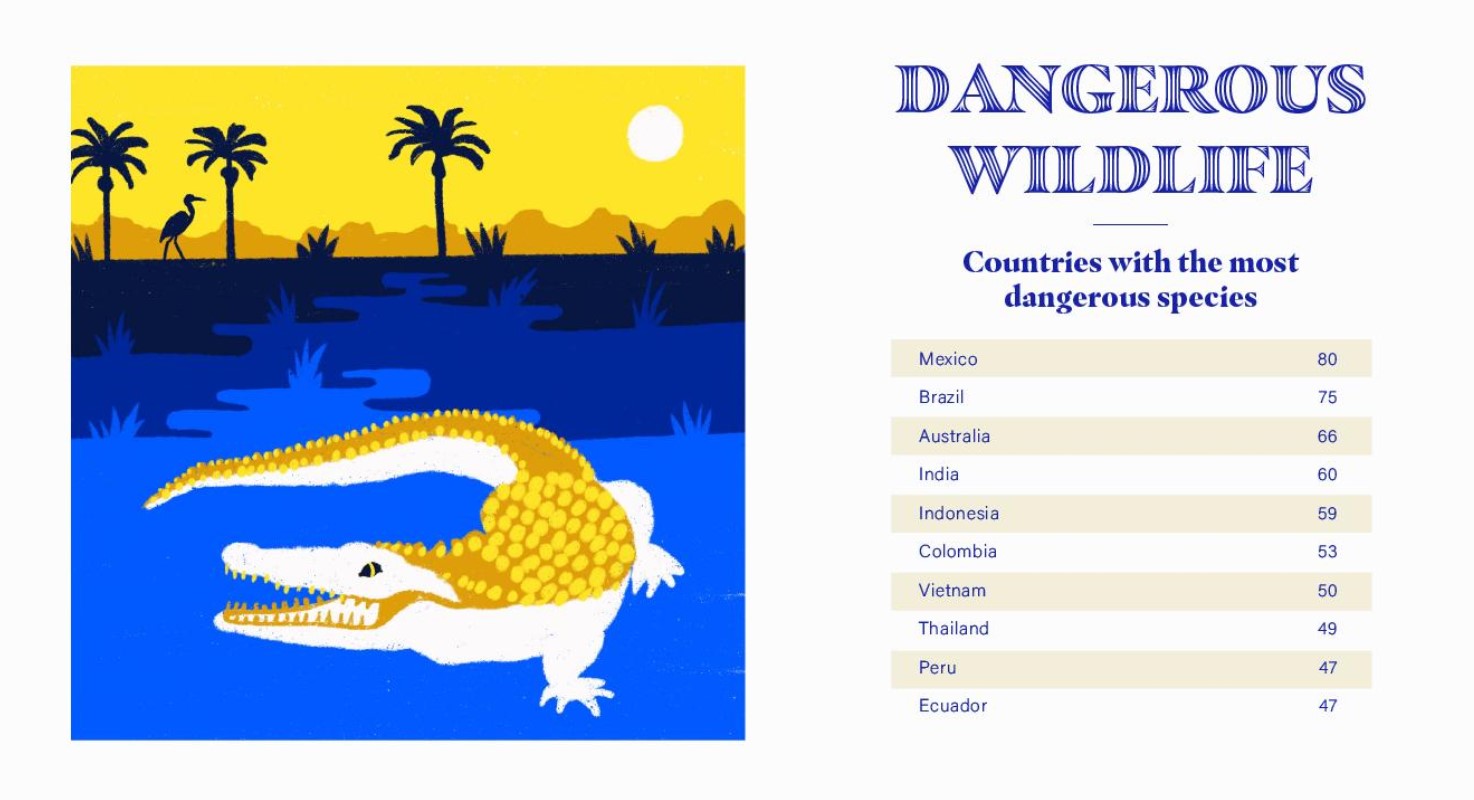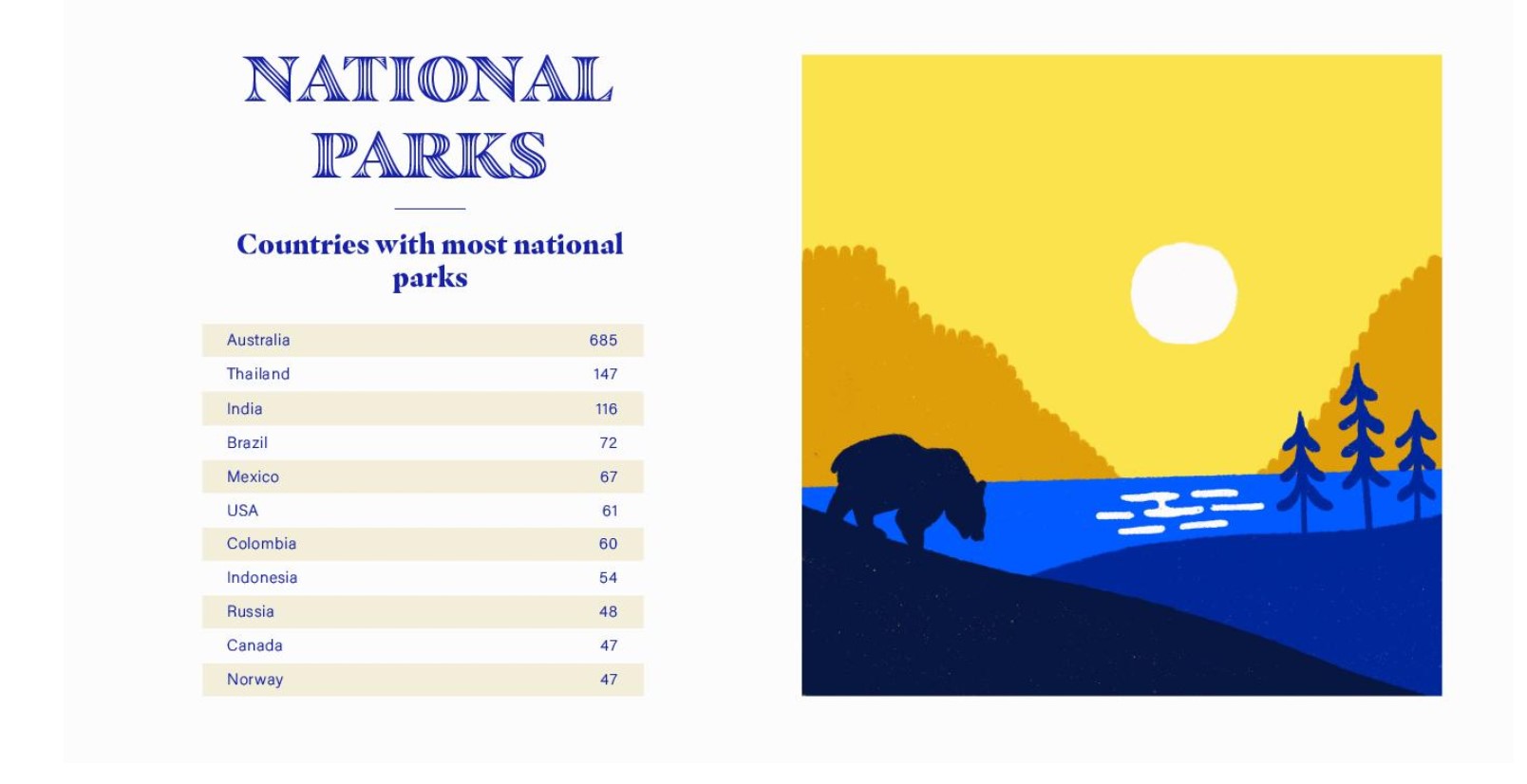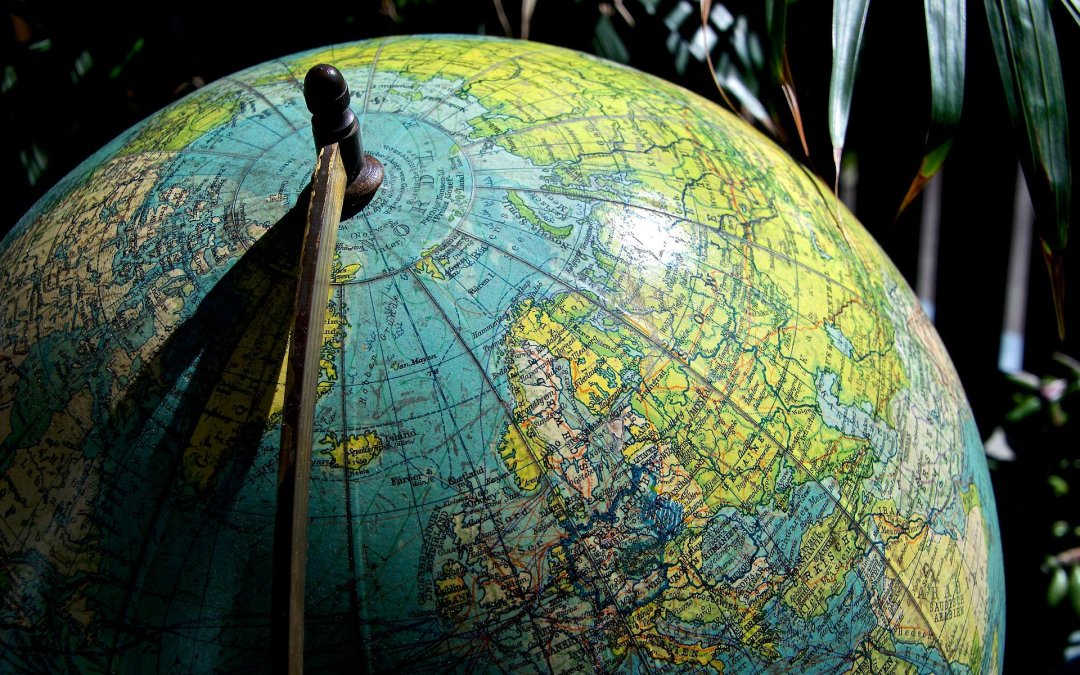SO HOW DOES AUSTRALIA RATE GLOBALLY AS A PLACE TO GO CAMPING?
Ever wonder where the best place in the world is for camping? We might like to think it’s our own country but is it? The website www.hycamp.com have done all the research and the figures are in. Read on. (NOTE – as the author I’ve added and excluded some content from the original article. With this in mind, a link to the original article at the bottom of this post).
The Worldwide Camping Index has ranked the best destinations around the world for exploring the countryside and camping in the wilderness. These are based on a detailed analysis of factors including stargazing, scenery, diversity of wildlife and the risk of natural disasters, to provide a comprehensive and inspirational guide to the best places around the world for camping – from some of the most popular spots to some more under-the-radar destinations.
CONGRATULATIONS CANADA!
Coming out in the top spot as the best country for camping is Canada, which our research found to be the best camping destination in the world due to its high potential for stargazing, number of national parks, low pollution, low risk of natural disasters and beautiful scenery.
Interestingly, other popular countries for camping that ranked in the top ten include the USA, Australia and Norway. Elsewhere, more alternative destinations rated highly include Brazil, which scored well for its vibrant wildlife biodiversity, number of national parks, forest area, natural resources and opportunity for stargazing.

DOING THE RESEARCH FOR THE WORLDWIDE CAMPING INDEX
Different factors bring different strengths and weaknesses to various countries – be it biodiversity in Brazil or the stunning mountain scenery in Switzerland. Some, like Canada, Spain, Australia and the Scandinavian countries are no surprise to find in the top 10 places to camp in the world. However, other high-ranking spots, like Brazil, Argentina and Russia show that there are some fantastic camping opportunities to be had beyond the most common countries that spring to mind.
From the banks of the river Uruguay in Argentina to Bahia’s beaches in Brazil, camping in South America is on the rise and our data suggests it’s all for good reason, with six South American countries inside the top 20.
In contrast, 53rd position, the UK falls just outside the top 50 countries to camp in the world. The UK scored well for its low number of dangerous animals and risk of natural disasters. Unfortunately, it was beaten elsewhere by greater wildlife biodiversity and the amount of forest cover on offer for woodland camping. Some may be surprised to find that rainfall figures were not a huge negative in comparison with other high-ranking countries!
In all, a wide ranging number of factors have been taken into account. Our Worldwide Camping Index analysed the following elements:
DANGEROUS WILDLIFE
Although adventurers value the wildlife diversity of where they choose to camp, it’s also important to take into account how many of these animals can cause you harm. We found out the number of venomous animals in each country that could cause death to humans. Unsurprisingly Mexico has the most dangerous species with 80 animals that are known to have killed humans.
Mexico is home to many poisonous animals, with 92% of the world’s rattlesnakes calling the country home. Known widely as one of the most dangerous countries in the world, Australia reached the top three with 66 venomous species. The red country contains the funnel-web spider, considered to be one of the most dangerous spiders in the world. You won’t want to meet one of those while out camping.
Meanwhile, the safest countries if you’re worried about any creepy critters include Denmark, Norway, Poland, the UK and other such European countries where the number of venomous animals is low. For the most part, the countries with less dangerous animals were scored higher in our index.
AUTHOR: this would come as no surprise to Australias that we came in No. 3. It’s important to realise that Australia has many venemous species however, with this in mind, has had few deaths from our venomous species.

NATIONAL PARKS
Who doesn’t love to explore a good national park when they’re out in the sticks camping? Unfortunately, not all countries value their open spaces, and some don’t have a single national park to their name. Some national parks welcome wild camping, allowing budding travellers to be at one with nature and camp without hordes of tourists.
Australia came out on top with over four times the amount of any other country with a staggering 685 national parks. This can be explained to some extent due to the country’s expansive size, but this only provides campers with further choice.
Australia’s largest national park Kakadu is an incredible 20,000 km2 in size, larger than the entirety of Fiji. Thailand came second with 147 national parks to its name and India 3rd with 116.
Author: So proud of the land that has been set aside by State and Federal Governments as National Parks in this country.

Finally, we would like to thank Hi Camp who pulled together this data. You can see the article by clicking here.
You can find another great article on camping on our website on why we should all get outdoors – click here.


Recent Comments